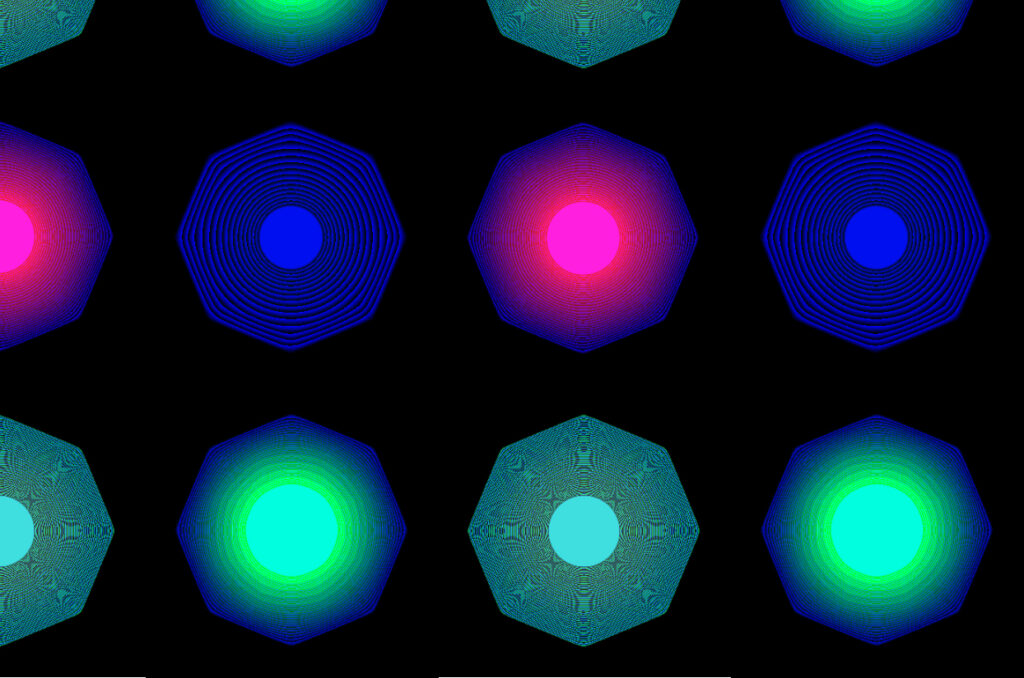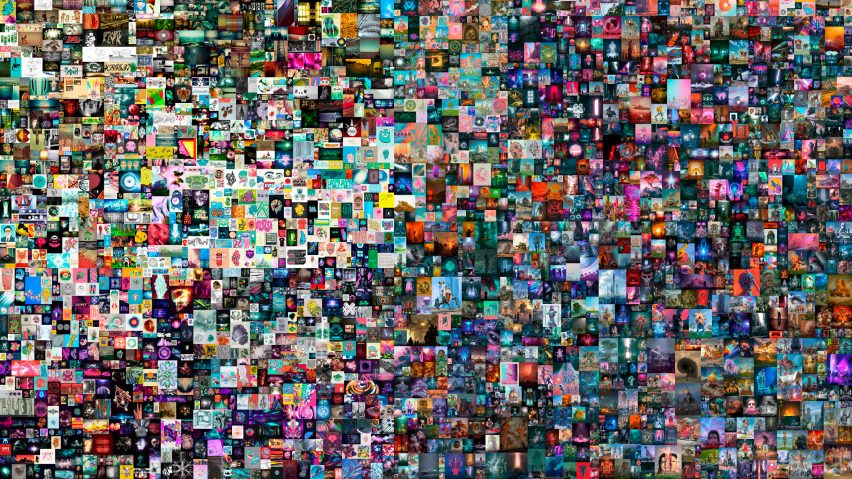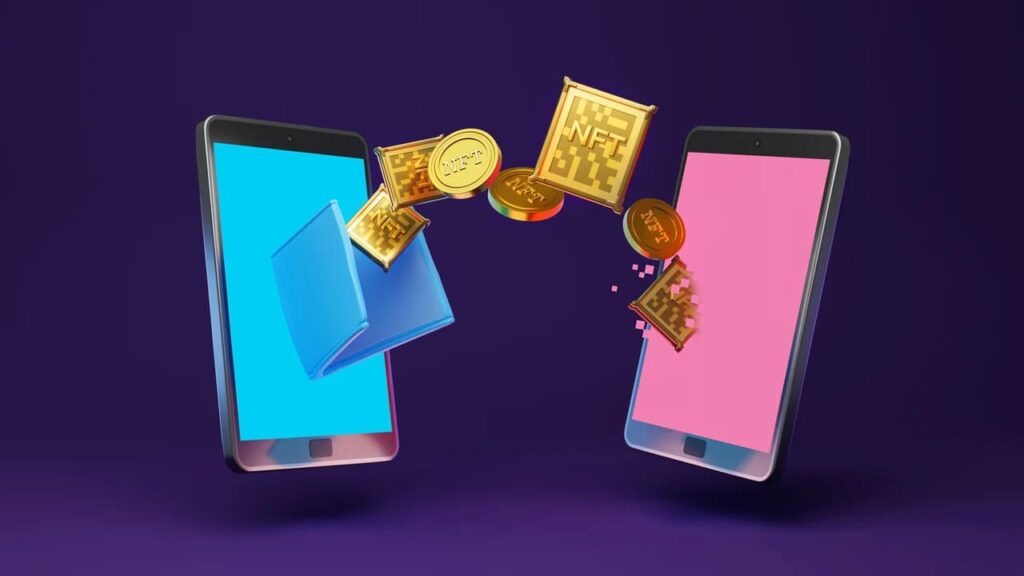As the world continues to evolve, it brings change and transformation. As a reflection of this development, mankind is encountering blockchain and cryptocurrency technology. One of the innovations brought by the two technologies is NFT. Known by many as digital artworks, a closer look at NFTs reveals a much deeper functionality. Let us delve into this depth together.
What is NFT (Non-Fungible Token)? What does it stand for?

NFT stands for Non Fungible Token . This term, which translates into Turkish as an unchangeable token, can be said to represent uniqueness in the digital world. As such, NFTsprevent the production and replication of counterfeit goods, and provide full information on the authenticity of the digital asset, including its previous owner and manufacturer. Collectibles, digital property in video games, recordings such as videos or music are examples of NFTs. NFTs are digital assets like cryptocurrency, but unlike other cryptocurrencies, they are not interchangeable. Essentially a digital asset, NFTs are unique, one-of-a-kind and cannot be exchanged 1 for 1 with another NFT.
Why are NFTs Unique?

The concept of uniqueness, which we have just mentioned above, can be reinforced with an example. For example; Suppose someone is lent 10 USD. The lender is not required to repay the loan with 10 USD with the same serial number. This is because the value of USD 10 is fixed and the USD 10 owned by any one person is no different from any other. This is not the case with Non Fungible Tokens. Even those that appear identical at first glance are not interchangeable or interchangeable in terms of the information or properties they contain. An example of a Non-Fungible Token is a train ticket. Each train ticket is differentiated from each other by passenger name, destination and time, seat number, etc. If this ticket has been sold, it is not possible to travel outside of the information on it.
Where are NFTs Used?

NFTs are predominantly known as digital artworks, but their scope is much broader. NFTs can be created and traded in many areas such as gaming, music, photography, video, collectibles, etc. We will be discussing the scope of use of Non-Fungible Tokens in a little more detail just below.
Digital Art:
NFTs provide a platform for artists to claim ownership and copyright their digital works. Artists can create their own digital artworks as NFTs and offer them for sale.
Games and Virtual Worlds:
NFTs facilitate the ownership and trade of digital items (e.g. characters, items, pieces of land) in online games and virtual worlds. Players can buy, sell and trade NFTs as in-game assets.
Artists
Musicians can control copyright and ownership of their albums by releasing them as NFTs. Thus, music fans can have exclusive content available as NFT. People in the photography or video business can also offer their products as NFTs. In this context, graphic designers should not be forgotten.
Virtual Property:
NFTs enable the registration and trading of digital property rights in virtual worlds (e.g. Decentraland). Virtual property NFTs, digital pieces of land, virtual buildings or automobile, etc. includes content such as.
Domain Names:
In blockchain-based systems, internet domains can be represented as NFTs and buyers can obtain ownership of these domains.
Virtual Events:
Tickets for virtual concerts, exhibitions and events can be offered as NFT. In this way, event participants can obtain the right to participate in the event through NFT ownership.
License and Copyrights:
Licenses and copyrights of creative content can be recorded and traceable on the blockchain with NFTs.
All this brings together a few examples of the intended uses of NFTs. NFT technology can potentially be used in many industries and applications, and innovative use cases are constantly evolving.
What is the First NFT in History?

The first NFT in history is known to be a work created by Kevin McCoy under the name Quantum. This artwork was created by Kevin McCoy and his wife in 2014 . This NFT, which the duo named Quantum, was built on the Ethereum blockchain. This artwork represented a 12-second video clip.
When this NFT, called Quantum, was created, it carried out a transaction on the Ethereum platform using a series of smart contracts. Quantum was endowed with some unique features, and its uniqueness and originality was proved by its transformation into the NFT.
The creation of Quantum paved the way for other artworks and digital assets in the transformation process to NFT. Thus, NFT formation gained popularity and started to be used in many fields.
What was the Most Expensive NFT Sold?

The world’s most expensive NFT was created by Mike Winkelmann, a graphic designer known as Beeple. Sold for $69 million, there is a powerful story behind this work of art.
Mike Winkelmann designed a digital artwork every 24 hours for 13 years starting in 2007. Without delay, he posted his artworks online, one every day, and called his project “Everydays: The First 5000 Days”.
Mike Winkelmann, who turned his project into an NFT and put it up for sale, was bought by crypto billionaire MetaKovan for $69,346,250.
How to do NFT?

In fact, anyone can create an NFT and is free to do so. The things needed to do NFT are basically to produce a piece of content, have a digital wallet, own the relevant crypto asset to be able to pay the necessary transaction fees, and connect to an NFT marketplace. The production of an NFT is called ‘being printed’. NFT printing is completed by connecting to one of the NFT markets and uploading the produced content to the platform. Thus, the content produced is transformed into NFT.
What Makes NFT Valuable?

Even an image with no features, just one color, can become an NFT. There are no criteria for creating an NFT. However, there are some basic characteristics that an NFT must have in order to be considered valuable. These key features help differentiate the created Non Fungible Tokens in the market and support a valuation.
Uniqueness
NFTs are unique digital assets. That is, each NFT has its own unique identity and digital content. The fact that a piece of content, such as a work of art, a game item or a piece of music, belongs to only one person distinguishes NFTs from other digital assets.
Quality of Content:
Aesthetic, creative and quality NFT content is an important factor for potential buyers.
Artist or Creator Signature:
NFTs created by a famous artist or creator can often be more valuable. The reputation of the creator is a factor that increases the value of the work.
Rarity
The fact that an NFT is a limited edition on the market or has a unique position in a collection is referred to as rarity and can increase its value.
Historical Background:
If a particular Non Fungible Token has an interesting story, its previous holders are considered important, or it is linked to important events, this can increase its value
Artistic and Creative Value:
In determining the value of the NFTs created, it is important that the relevant content has artistic and creative qualities.
Community and Celebrity:
Some NFTs may be popular among certain communities and their value may increase accordingly. NFTs of famous people or companies may also be of interest.
Trading History:
Records of previous trading of NFTs can determine the value of an NFT.
Limited Editions:
Limited edition NFTs can be special and valuable to collectors.
Durability and Safety:
The high security qualities of the blockchain structure in which NFTs reside can affect the long-term value of an NFT.
But it is important to remember that it is the balance of supply and demand that directly affects the value of an NFT. So the users make the final decision here. No matter how great an NFT is, if it is not worth buying, it will not matter how much it costs.
How to Buy and Sell NFTs?

To buy NFTs, you need to register on an NFT marketplace platform, have a crypto wallet and hold the required amount of cryptocurrency to make the purchase and pay transaction fees. Once you have all these, you can visit the NFT platform and purchase the relevant Non-Fungible Token after following the relevant instructions. After the transactions are completed, the received NFT will be sent to the crypto wallet.
At this point, with the inexperience brought by inexperience, it may be thought that when you right-click on an NFT image and save it, you own that NFT. However, when such a transaction is carried out, it is not considered a purchase transaction as the necessary ownership information cannot be extracted from the blockchain where the relevant NFT is located.
The process of selling NFTs is similar to the process of buying NFTs. In order to sell an already owned NFT, you must first log in to the NFT marketplace and connect a wallet. Then, once the listing processes are completed, the relevant NFT can be uploaded to the marketplace. If the sale of NFTs takes place, the relevant NFT will be sent to the purchaser and the proceeds will be transferred to the owner
Where to Buy, Sell, Print NFTs?

Platforms such as OpenSea, Rarible, Blur can be used to buy, sell, or create and sell Non Fungible Token. There are many more platforms like these 3, and with the growing popularity of NFTs, the number of these platforms is growing.
What is the Difference Between NFT and Cryptocurrency?

Cryptocurrencies can be exchanged among themselves. This is not possible among NFTs. This is because the main characteristic of the NFT is its uniqueness. If you send an Ethereum to someone and get an Ethereum back, this exchange will not make a difference to you. However, this is not the case for the Non-Fungible Token. Replacing a movie ticket with any movie ticket can have unintended consequences. Because there are many cinemas, movies, session times, seat numbers. Another difference is that cryptocurrencies created and monetized on the Ethereum network have the ERC-20 standard, while NFT tokens are produced in the ERC-721 and ERC-1155 standards on the Ethereum network.
